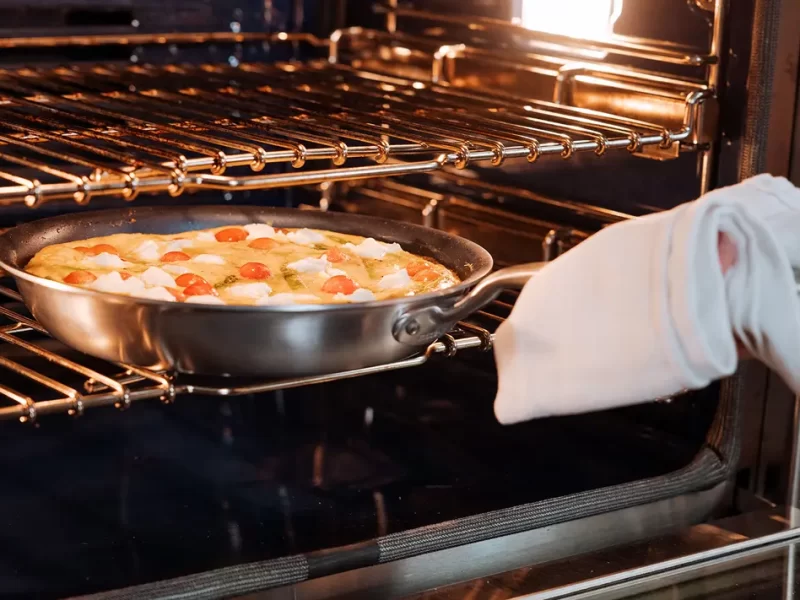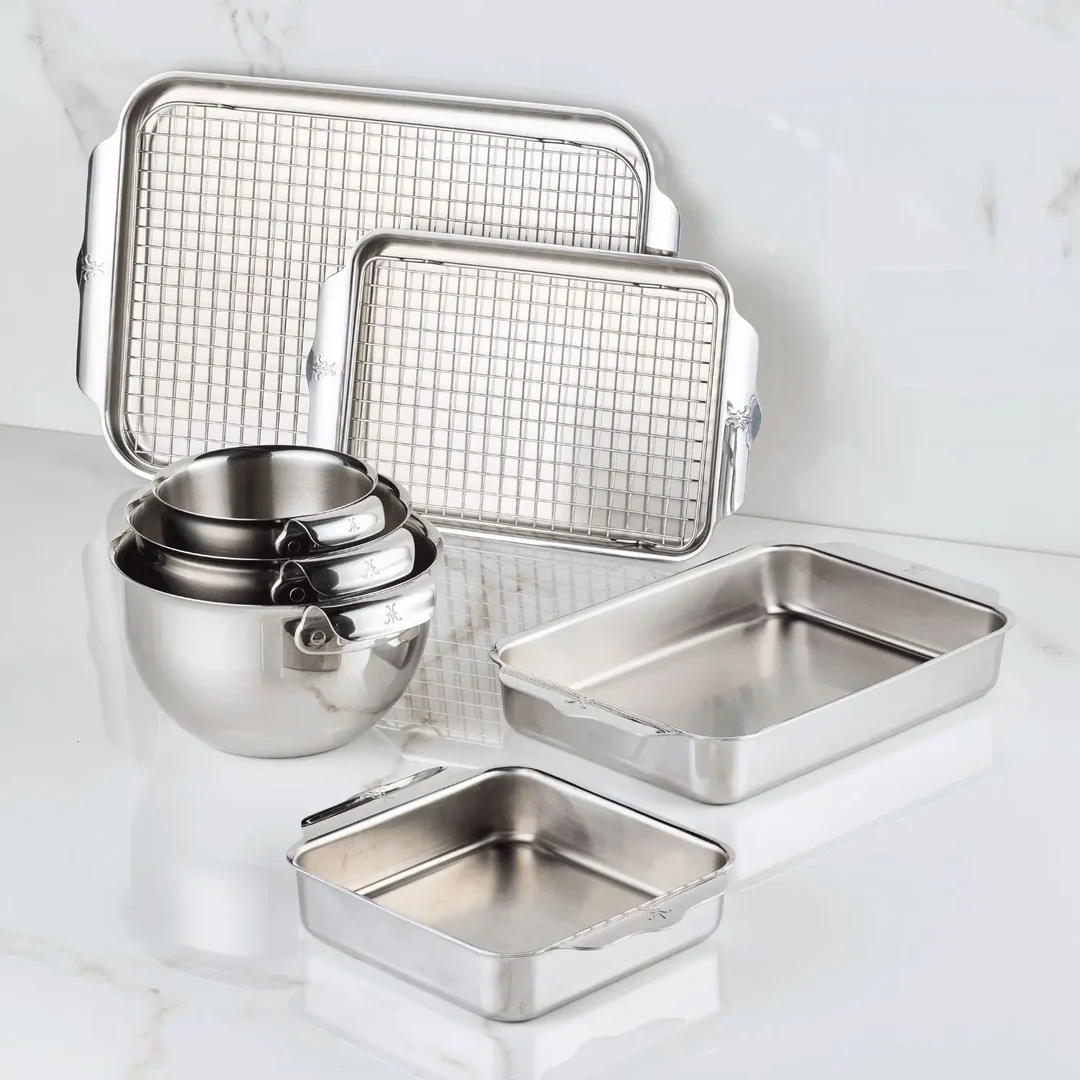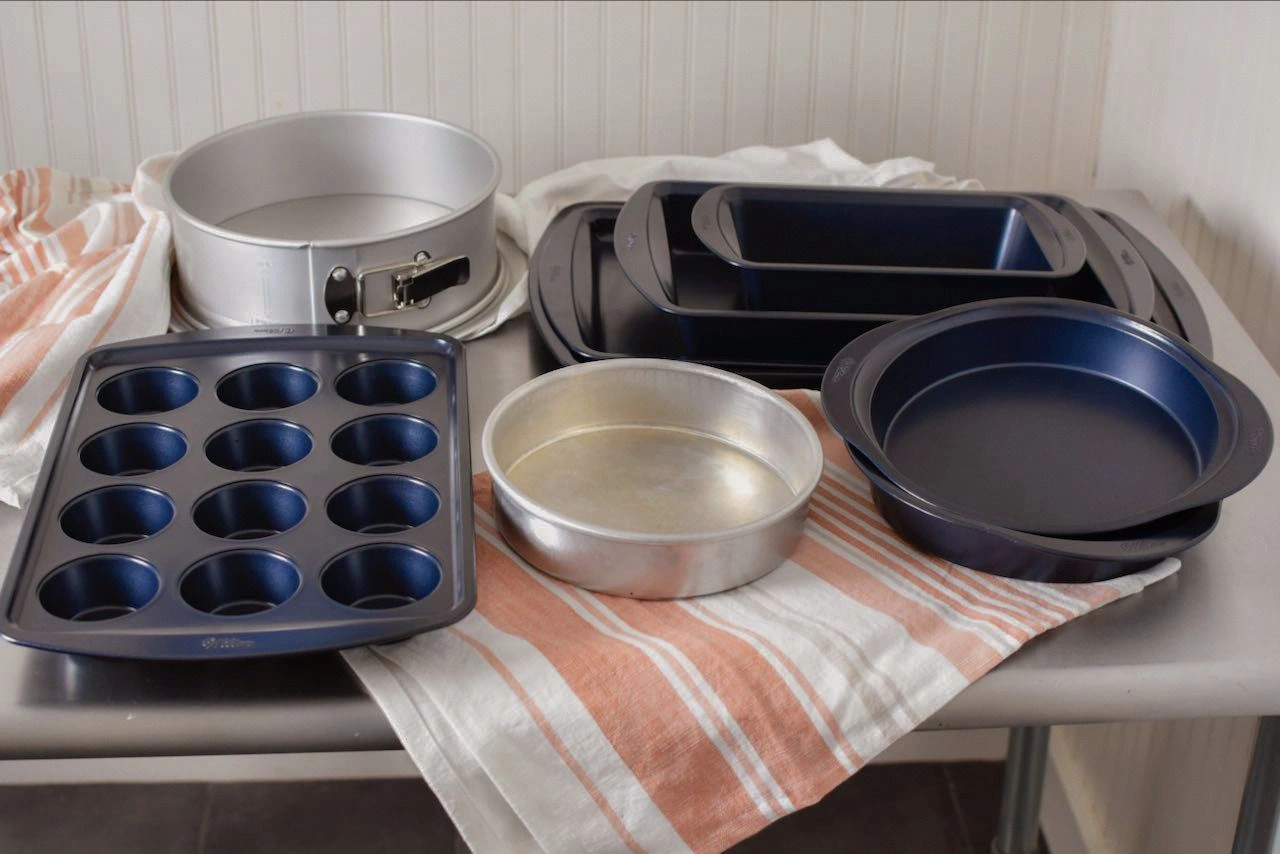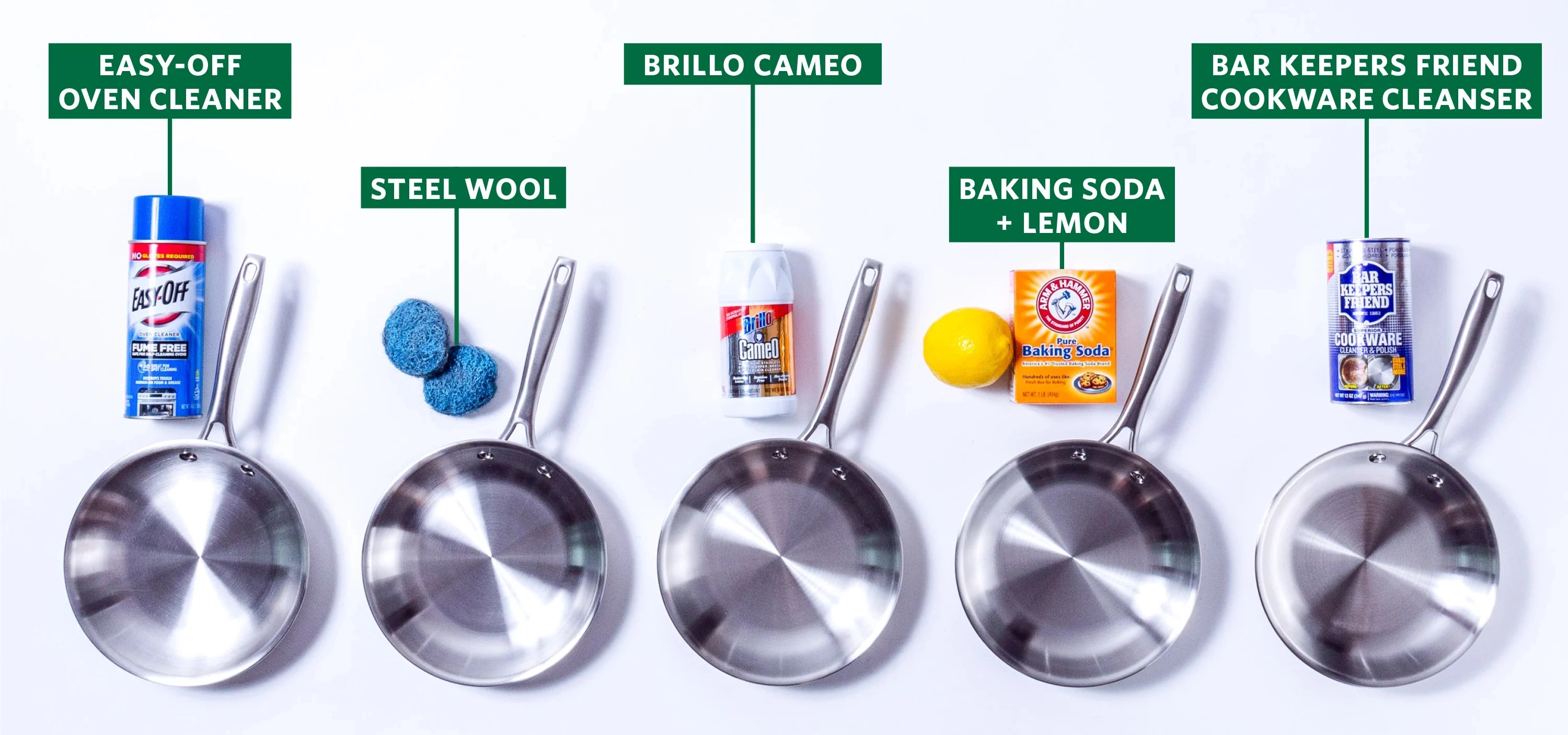
Um dos pilares da cozinha em termos de durabilidade e resistência à ferrugem, o aço inoxidável pode ser confuso em termos de compatibilidade com aparelhos modernos como fornos, micro-ondas e fogões de indução. Vamos explorar a ciência e as regras práticas para a utilização segura do aço inoxidável.
1. o aço inoxidável e o forno: resistência ao calor, limite máximo
Enquanto o aço inoxidável é geralmente seguro para ir ao forno até 260°C (500°F)O seu desempenho depende, em última análise, do tipo de liga e da conceção:
O grau importa:
- Aço inoxidável 304/316 (em utensílios de cozinha) podem resistir a quase tudo no forno no que diz respeito a assar e cozer, independentemente da temperatura. Estas ligas mantêm a sua estrutura a altas temperaturas.
- Ligas da série 400 (como o 430) não são tão resistentes ao calor e podem deformar-se ou descolorar-se acima de cerca de 230°C (450°F).
O design é importante:
- Evitar construção fina ou estampada (como uma taça de mistura barata), uma vez que esses materiais são mais susceptíveis de se deformarem com mudanças de temperatura rápidas ou súbitas.
- Optar por bases compósitas reforçadas ou mais pesadas com pegas próprias para forno

2. Opções seguras para o forno: Quando não utilizar o aço inoxidável
Embora o aço inoxidável possa ser utilizado para muitas funções da câmara de cozimento, outros materiais podem ser mais adequados.
- Cerâmica ou ferro fundido: Adequado para cozeduras mais lentas e alimentos que requerem uma distribuição uniforme do calor.
- Assadeiras de vidro: Este é o Melhor para alimentos ácidos (como molhos de tomate) que podem reagir com o aço inoxidável ao longo do tempo.
- Moldes de silicone: Melhor para sobremesas delicadas (como cremes) que necessitam de flexibilidade durante a remoção.
- Evitar a combinação de peças não metálicas com aço inoxidável: Embora as pegas sejam de aço inoxidável, podem ter rebites ou revestimentos de plástico nas partes não metálicas e podem derreter no forno.

3. Durabilidade e manutenção: Preservar o seu aço inoxidável
Utilize estas diretrizes para prolongar a vida útil do aço inoxidável.
Evitar a corrosão:
- Não o deixar em contacto comágua salgada, vinagre ou sumos de citrinos durante longos períodos. Isto é especialmente verdade nas zonas costeiras.
- Evitar a cache de água, a menos que seja enxaguada a seco.
- Limpeza com água salgada pode causar corrosão por cloreto aquecido (comum nas zonas costeiras).
Melhores práticas durante a limpeza:
- Para esfregar uma nódoa, fazer uma pasta com bicarbonato de sódio para garantir que não risca a superfície.
- Para alimentos queimados, ferver água com1 colher de sopa de vinagre branco e depois esfregue suavemente.
- Evite utilizar palha de aço ou esfregões duros; isto pode riscar a camada passiva de óxido de crómio que impede a ferrugem.
Quando substituir os utensílios de cozinha em aço inoxidável

- Descoloração persistente: As cores castanhas ou arco-íris indicam que a camada de oxidação está comprometida.
- Manchas de ferrugem: Isto significa que a camada protetora do metal está danificada.
- Deformação: Se a base estiver dobrada, os utensílios de cozinha em aço inoxidável não conduzirão o calor para os alimentos de forma consistente.
Porquê escolher a Allnice para o seu material de catering para restaurantes?
Em AllniceA nossa empresa combina o design moderno com a funcionalidade para criar uma vasta linha de fornecimentos para restauração comercial que satisfazem as exigências do mercado em constante mudança. De serviços pesados pratos para assar em aço inoxidável para tabuleiros de servir personalizadosA nossa empresa oferece produtos sustentáveis, elegantes e fiáveis. Os nossos produtos também estão disponíveis em plataformas de confiança como Fornecimentos de catering da Amazóniagarantindo um acesso fácil e cómodo às empresas de todo o mundo.
A crescente procura de inovação e sustentabilidade na restauração exige que se actualize com as últimas tendências em material de restauração para restaurantes. O ano de 2025 é para dar ao seu negócio de catering uma vantagem superior com eficiência, atraindo clientes e ultrapassando os concorrentes.
Consulte a nossa variedade de soluções de catering por atacado e personalizadas hoje mesmo!
